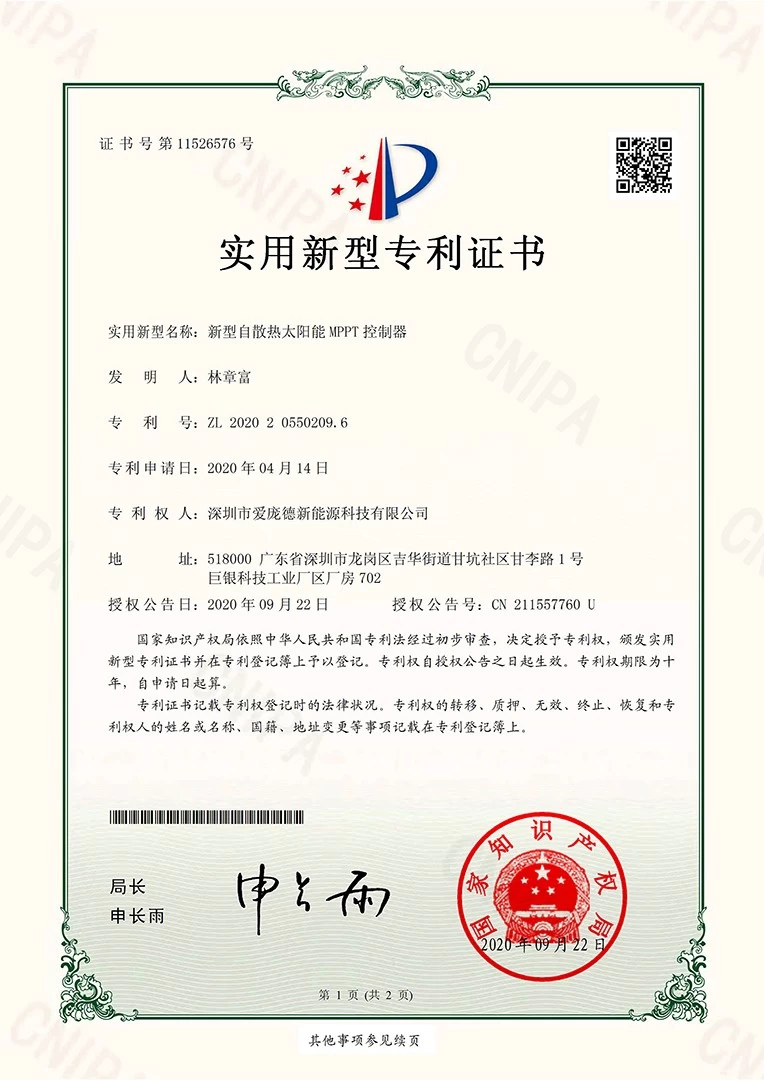Scientists have discovered that sand can make solar cell silicon materials
the Internet
2019-04-29 11:31:38
According to a report by the Kyodo News Agency on November 6th, visiting professors of the University of Tokyo, Sugawara, and others opened a joint study with the University of Science and Technology of Algeria, and found that silicon materials for solar cells can be produced at low prices in desert sand. Speaking in London, Summa stressed: "This skill can reduce the cost of making solar cells to one-third of the current cost." He also showed that it would not be impossible to complete the solar-powered battery in the Sahara Desert to become a huge solar power station.
After five years of research, they found that sand was first dissolved in an alkaline solution, neutralized with acid and precipitated, and the purity of the main component of sand, the purity of silica, was improved, and the first stage of the skill was completed.
In addition, Iguro Kenji, an associate professor at Hirosaki University, used a high-temperature reactor in Aomori, Japan, to directly reduce silicon dioxide to carbon by carbon without hydrochloric acid treatment, and completed the second phase of the demonstration. Later, a larger reactor was built and transferred to Algeria for testing, and the production was successfully completed in the local area. It is understood that this production method consumes less than one-fifth of the power of traditional processes.
In the future, the plan will be built in the strong sunshine of the sun.Solar batteryThe electricity generated will be used to increase the production of solar cells to double the power generation. After laying the transmission grid to the world, it is the ultimate goal to supply one-half of the human power demand in 2050. The research team positioned the program as the "Japanese version" of the American Apollo program landing on the moon, with an ambition to deal with global warming issues.
In order to complete the program, the establishment of superconducting skills to reduce transmission losses is also one of the prerequisites. The development of special superconducting cables that can also be efficiently transmitted at non-ultra-low temperatures is also driving.
However, the Japanese government has invested about 90 million yen (about 4.69 million yuan) in research projects for the people of Summa and others every year. It is not bright whether it can continue to receive the subsidy. In the desert, Turkmenistan has also started research and is also seeking to cooperate with the UK's renewable power development program.
Regarding the method of producing solar cells by sand, Hiroshi Hiroshi (73), a professor of Donggong University who is well versed in solar power generation, commented: "Although it has not yet reached the industrial demonstration stage, it will be full of charm as a basic skill."
Disclaimer: The content is partly from the internet. In order to pass on more information, it does not mean agreeing to its views or confirming its description. Article content is for reference only. If there is any infringement, please contact in time.

After five years of research, they found that sand was first dissolved in an alkaline solution, neutralized with acid and precipitated, and the purity of the main component of sand, the purity of silica, was improved, and the first stage of the skill was completed.
In addition, Iguro Kenji, an associate professor at Hirosaki University, used a high-temperature reactor in Aomori, Japan, to directly reduce silicon dioxide to carbon by carbon without hydrochloric acid treatment, and completed the second phase of the demonstration. Later, a larger reactor was built and transferred to Algeria for testing, and the production was successfully completed in the local area. It is understood that this production method consumes less than one-fifth of the power of traditional processes.
In the future, the plan will be built in the strong sunshine of the sun.Solar batteryThe electricity generated will be used to increase the production of solar cells to double the power generation. After laying the transmission grid to the world, it is the ultimate goal to supply one-half of the human power demand in 2050. The research team positioned the program as the "Japanese version" of the American Apollo program landing on the moon, with an ambition to deal with global warming issues.
In order to complete the program, the establishment of superconducting skills to reduce transmission losses is also one of the prerequisites. The development of special superconducting cables that can also be efficiently transmitted at non-ultra-low temperatures is also driving.
However, the Japanese government has invested about 90 million yen (about 4.69 million yuan) in research projects for the people of Summa and others every year. It is not bright whether it can continue to receive the subsidy. In the desert, Turkmenistan has also started research and is also seeking to cooperate with the UK's renewable power development program.
Regarding the method of producing solar cells by sand, Hiroshi Hiroshi (73), a professor of Donggong University who is well versed in solar power generation, commented: "Although it has not yet reached the industrial demonstration stage, it will be full of charm as a basic skill."

MPPTSolar energyCharge controller
Disclaimer: The content is partly from the internet. In order to pass on more information, it does not mean agreeing to its views or confirming its description. Article content is for reference only. If there is any infringement, please contact in time.





























